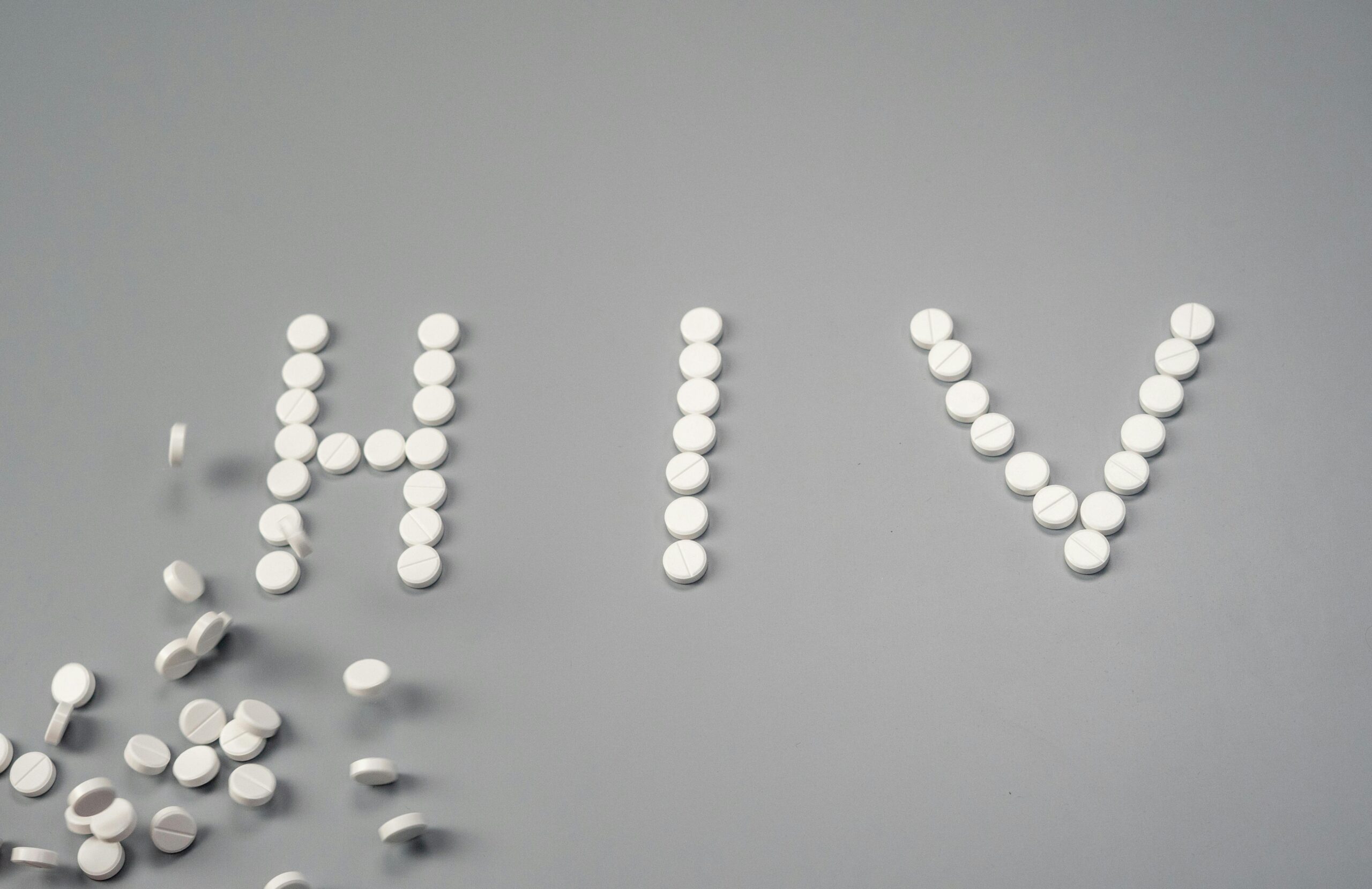Understanding the Signs and Stages of HIV
HIV infection affects the body slowly over time. At first, you might feel completely fine. But as the virus weakens your immune system, you may start to develop certain signs and symptoms. These signs can help doctors understand how far the infection has progressed, and what kind of care you need.
The World Health Organization (WHO) has grouped the stages of HIV into four levels, from Stage 1 (mild) to Stage 4 (severe). In Uganda, health workers use this staging to guide treatment and care.
You can ask your own question to a licensed healthcare provider here for free. It may take up to 7 days to get an answer. If you want a consultation in minutes, book now with Hope+ our premium and best health consultation service in Uganda.
Let’s break each stage down in simple language so you can understand what to watch out for, whether it’s for yourself, a loved one, or someone you’re caring for.
Stage 1: No Symptoms or Very Mild Ones
Most people with HIV feel completely healthy in this stage. In fact, many do not even know they have the virus unless they get tested.
Signs at this stage may include:
- No symptoms at all
- Swollen glands in the neck, armpits, or groin (called generalised lymphadenopathy)
At this point, someone can go about their daily life normally. But the virus is still in the body and can be passed on to others. Testing and starting treatment early are key.
Stage 2: Mild Symptoms Begin
This stage brings some warning signs, but they are still manageable. The immune system is getting weaker, but the person can still carry on with normal daily activities.
Common signs include:
- Losing weight without trying (less than 10 percent of body weight)
- Skin problems like itchy rashes, fungal nail infections, or dry, flaky patches
- Painful mouth sores or cracks at the corners of the lips
- Herpes zoster (also known as shingles), especially if it has happened in the last five years
- Repeated infections like tonsillitis, sinusitis, or ear infections
These signs may come and go, but they should not be ignored. This stage is a good time to start or continue treatment before more serious problems appear.
Stage 3: Advanced HIV
By Stage 3, the immune system is much weaker. The person may begin to fall sick more often and stay sick for longer. This stage needs close medical attention and strong support.
Signs to look out for include:
- Losing a lot of weight (more than 10 percent of body weight)
- Ongoing diarrhoea for more than a month with no clear cause
- Fever that comes and goes or lasts for weeks
- White patches in the mouth (oral thrush or candidiasis)
- A hairy white patch on the tongue that does not go away
- Tuberculosis (especially in the lungs)
- Serious bacterial infections like pneumonia, blood infections, or meningitis
- Painful mouth ulcers or gum disease
- Blood problems like low red blood cells (anaemia) or low platelets
At this stage, someone may feel weak and spend a lot of time in bed. Starting or continuing antiretroviral treatment (ART) is very important to help the body fight back.
Stage 4: Severe HIV or AIDS
This is the most serious stage of HIV. The body’s defences are very weak, and the person may develop life-threatening illnesses. This stage is often what people refer to as AIDS.
Signs include:
- Severe weight loss, diarrhoea, fever, or weakness that lasts more than a month
- Pneumonia caused by a germ called Pneumocystis jirovecii
- Repeated serious infections like pneumonia or sepsis
- Brain infections like toxoplasmosis or cryptococcal meningitis
- Long-lasting herpes around the mouth, genitals, or anus
- Cancer such as Kaposi sarcoma or cervical cancer
- Candidiasis of the throat or lungs
- TB that spreads outside the lungs
- HIV-related brain problems that cause confusion or memory loss
- Kidney or heart damage linked to HIV
People at this stage are often bed-ridden for most of the day. With proper treatment and support, it is still possible to improve and regain strength, but quick medical care is essential.
HIV Staging in Children
HIV affects children slightly differently, and they also go through the four stages. Some signs in children include:
- Poor growth or weight gain
- Swollen belly from enlarged liver or spleen
- Frequent diarrhoea or fever
- Skin rashes and fungal infections
- Ongoing cough or breathing problems
- Serious infections like TB, meningitis, or pneumonia
- Poor development or learning issues
Just like in adults, starting treatment early helps children grow, play, and go to school like other children.
Could These Signs Be From Something Else?
Yes. Some of the symptoms seen in HIV can also happen in other conditions like tuberculosis, untreated diabetes, malnutrition, or cancer. That is why testing is the only way to know for sure.
If you or someone you know has some of the signs listed above, go for an HIV test at a nearby health centre. It is free, private, and the first step to better health.
Final Word
Knowing the signs and stages of HIV helps us stay alert, take action early, and support others without fear. Many people live long and healthy lives with HIV, especially when it is caught early and treated properly.
If you feel unsure about your health, or you just want to check your status, get tested today. And if you have questions, Hope.co.ug is here for you.
We make health information simple and helpful. You can also ask us a question anytime, and if needed, we will connect you to a licensed provider near you.


